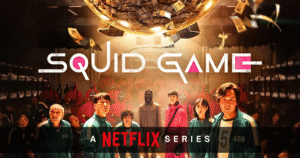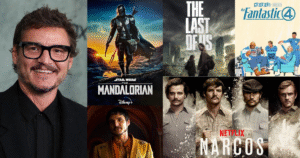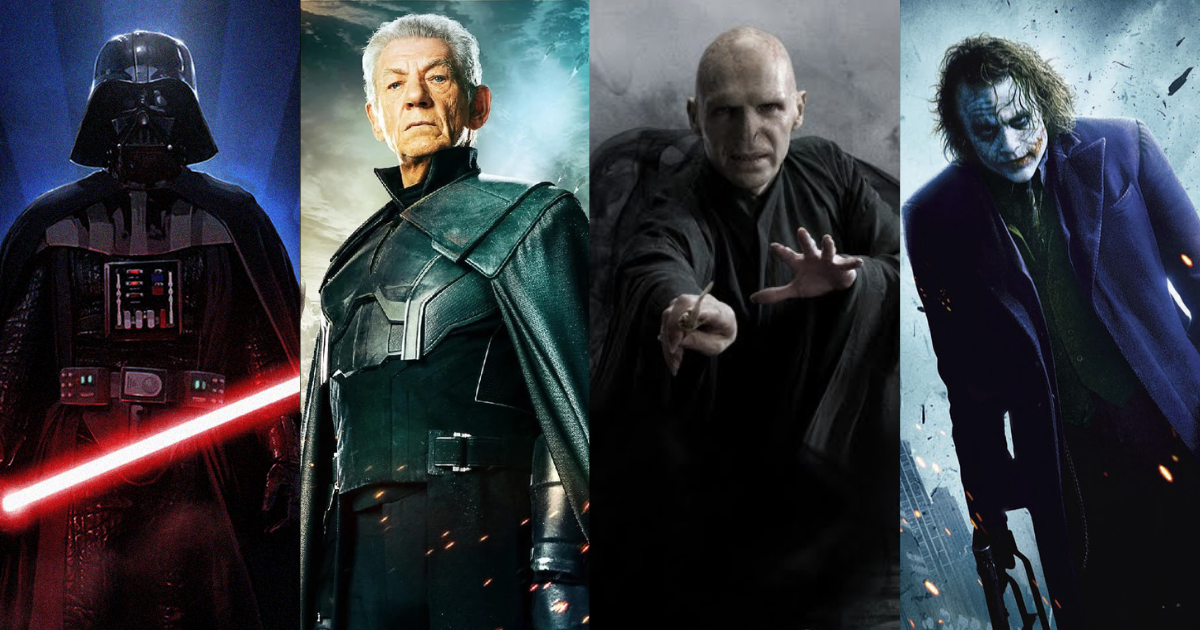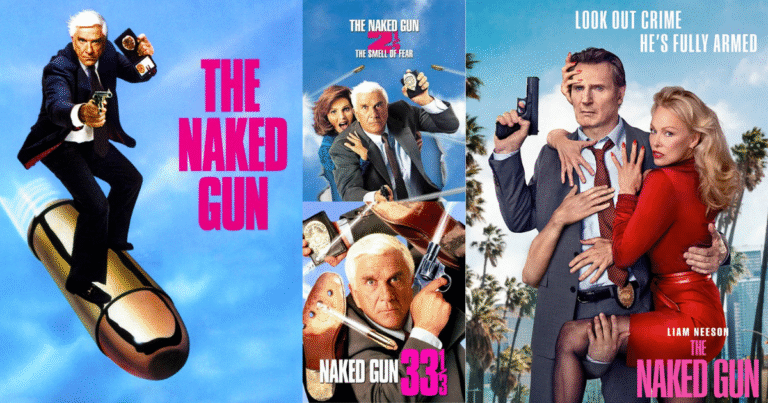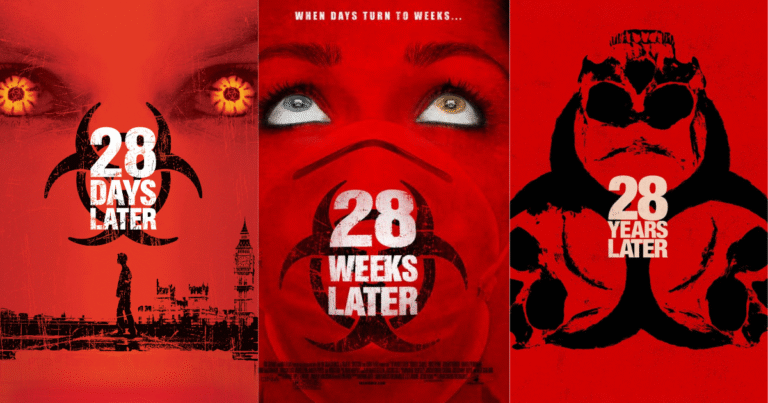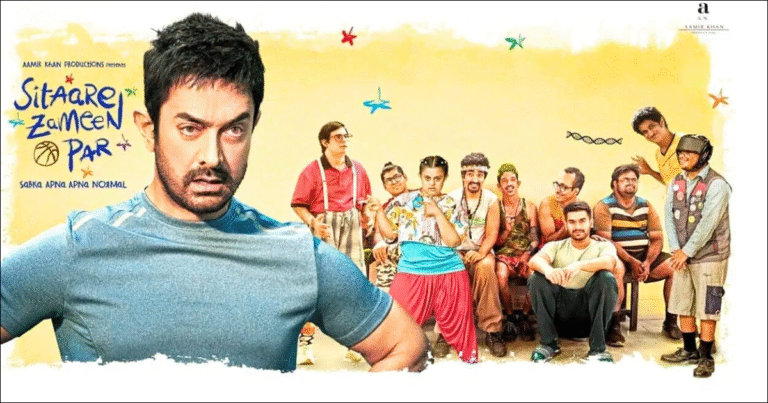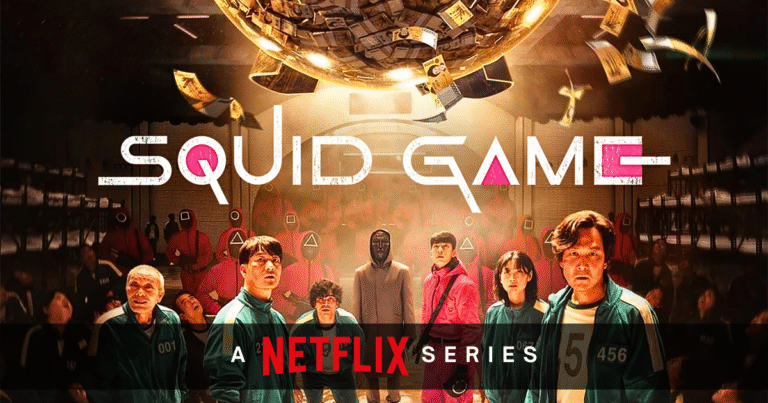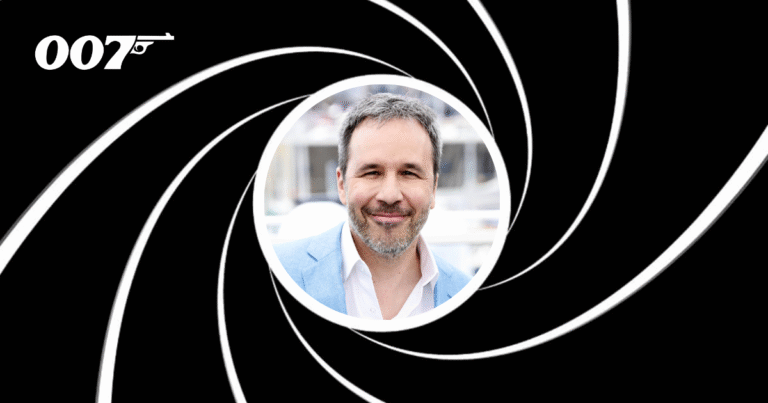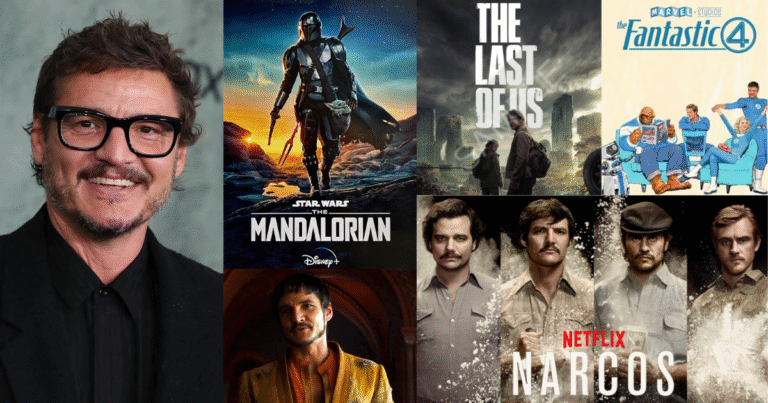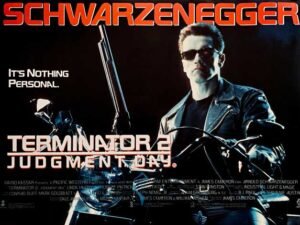When you think of your favorite movie, chances are a great villain comes to mind just as quickly as the hero. Whether it’s the eerie calm of Hannibal Lecter, the cold brilliance of Thanos, or the chaotic madness of the Joker, villains stay with us long after the credits roll. But why do we find them so fascinating? And what does their presence do to our experience of a film?
Let’s explore the psychology behind movie villains and how they shape the way we watch, think, and even behave.
What Makes a Villain So Memorable?
The best movie villains aren’t just evil for the sake of being evil. They usually believe they’re doing the right thing, or at least something justifiable. That’s what makes them so complex. Take Magneto from X-Men, for example. He’s not trying to destroy humanity just to be cruel; he’s acting out of a desire to protect mutants from oppression. When a villain has a motive rooted in personal pain or moral logic, they become more than just the “bad guy”, they become human.
This layered storytelling is key to creating a character that sticks. Our brains are wired to respond to stories that challenge us. When we see a villain whose backstory explains their behavior, we’re drawn in emotionally, even if we don’t agree with them.
The Psychological Pull of the “Dark Side”
Watching a villain on screen gives us a safe way to explore darker emotions. Most of us would never act violently or seek revenge in real life, but we’re still curious about what it would be like to give in to those urges. Movie villains tap into this curiosity.
They act on impulses we’ve all had at some point, anger, jealousy, the desire for control, but can’t act out due to social rules or personal values. In a way, villains serve as a mirror for our shadow side, a concept from psychology introduced by Carl Jung. They allow us to confront uncomfortable parts of ourselves in a safe, controlled environment.
Why Heroes Need Villains
Imagine a superhero movie without a bad guy. Not very exciting, right?
Villains play a critical role in storytelling. They create conflict, raise the stakes, and force the hero to grow. Without Darth Vader, Luke Skywalker wouldn’t have had a reason to become a Jedi. Without Voldemort, Harry Potter’s journey would’ve ended before it began.
Good villains push the story forward and challenge the hero’s values, often causing the protagonist to face their deepest fears. This makes the resolution of the film far more satisfying for the viewer. The tougher the obstacle, the more heroic the triumph.
Empathy for the Devil: Why We Sometimes Root for Them
There’s a reason some villains have fan clubs. Audiences can find themselves sympathizing, or even rooting, for characters who would be terrifying in real life. Shows like Breaking Bad or You have taken this even further by making the villain the main character.
This happens when writers let us into the villain’s mind. Once we understand their perspective, it becomes harder to label them purely as evil. We might not agree with their actions, but we understand their motivations. And understanding leads to empathy.
This empathy can also challenge us to think critically about morality. Who gets to decide what’s right or wrong? Are people born bad, or do they become that way due to their circumstances? These are questions that stick with us long after the movie ends.
Villains Reflect Our Fears—and Our Times
One of the most interesting things about movie villains is how they reflect real-world fears. In the Cold War era, villains were often Russian spies or nuclear threats. After 9/11, terrorism became a common theme. Today, we see tech moguls, corrupt CEOs, and AI gone wrong.
Villains evolve with culture. They tap into what society is most anxious about at a given time. This makes them not just entertaining, but also socially relevant. They can be a powerful lens through which we examine current events, social structures, and even our own biases.
Why We Keep Coming Back
There’s something addictive about a well-written villain. They challenge us. They scare us. Sometimes, they even charm us. And they often stay in our minds long after the hero fades into the background.
We might walk out of a theater talking about how the hero saved the day, but we usually spend more time analyzing the villain. What made them tick? Could they have been redeemed? Would we have made the same choices in their position?
In a world that isn’t black and white, movie villains give us a way to explore the gray.
Final Thoughts
Understanding the psychology of movie villains isn’t just about analyzing fictional characters. It’s about understanding human behavior, motivation, and morality. These characters impact us because they force us to ask big questions about good and evil, choices and consequences.
The next time you watch a film and find yourself captivated by the villain, don’t be surprised. They’re designed to do just that. They are mirrors, warning signs, and sometimes even tragic heroes in their own right.
So here’s to the villains, the ones we love to hate, and sometimes just love.
